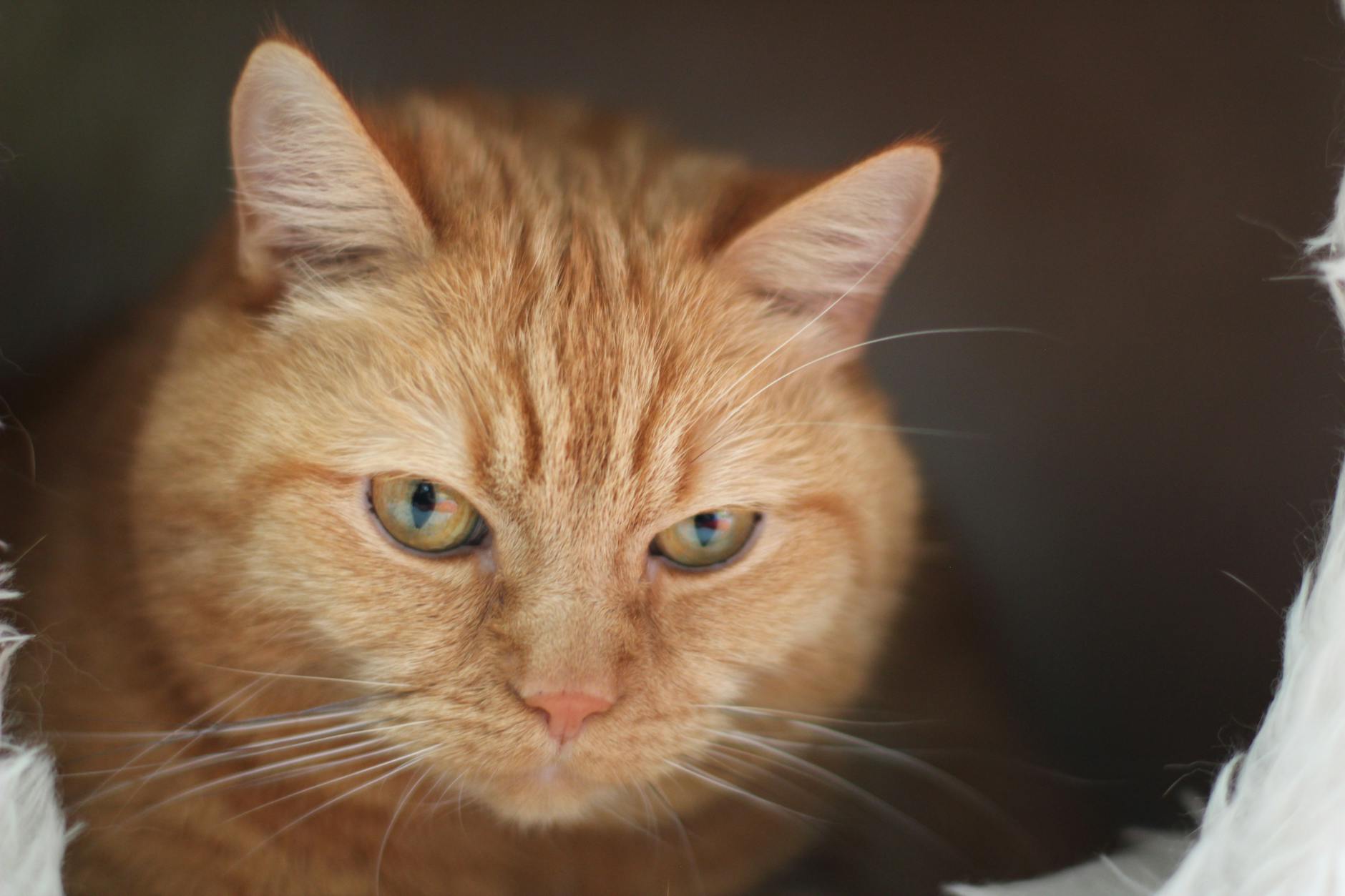Staying Safe: Essential Tips for Pet Sitters

Understanding the Risks
Pet sitting can be a fulfilling and enjoyable job, allowing you to bond with animals and earn income. However, it also carries certain risks. A severe one is the potential of being mauled by a dog under your care. Such incidents, while not common, do happen and can result in serious injury or even death. Therefore, pet sitters must be equipped with knowledge and skills that can prevent these unfortunate situations.
Recognize Canine Body Language
One of the most important skills for a pet sitter is the ability to read and understand canine body language. Dogs often communicate their discomfort or aggression through physical cues before they resort to biting. Here are some warning signs to watch out for:
- Ears pinned back
- Raised hackles
- Bared teeth
- Growling or snarling
- Stiff body posture
- Tail tucked or held stiffly
- Avoiding eye contact or excessive staring
Learn to recognize these behaviors as potential precursors to aggression and know when to give a dog space.
Safety Tips for Pet Sitters
When interacting with dogs, especially those you are not familiar with, follow these safety tips to minimize the risk of an attack:
Get Familiar
- Meet the dog in the owner's presence before taking on a pet-sitting job. Observe how they handle the dog and ask about any past aggression.
Be Calm and Assertive
- Stay calm and assertive. Dogs are sensitive to human emotions and can become anxious or agitated if you are.
Slow and Steady
- Let the dog approach you first, and avoid direct eye contact initially. Move slowly and allow the dog to smell you.
Safe Feeding
- Feed with care. Always be cautious when giving a dog food or treats, as some may become protective or aggressive.
Respect Their Space
- Don't invade the dog's space, especially if they retreat to their crate or bed.
Avoid Startling
- Never startle a sleeping or eating dog, as their instinctual response may be to bite.
Proper Equipment
- Use appropriate leashes and harnesses to maintain control without causing the dog discomfort or distress.
Health Matters
- Be aware of the dog's health. Pain can cause the friendliest dog to become irritable.
Dealing with Aggression
If a dog becomes aggressive:
- Do not run or scream, as this may trigger their prey drive.
- Stay motionless with your hands at your sides and avoid eye contact.
- Back away slowly once the dog loses interest.
- If knocked over, curl into a ball, protecting your head and neck with your arms, and remain still.
Be Prepared
Pet sitters should always have a plan in case of emergencies. Store the contact information for the nearest animal hospital and know the fastest route. Carry a small first aid kit when on walks in case of minor injuries.
Educate Yourself
Consider taking a pet first aid course and educating yourself on dog behavior and training techniques. Knowledge is power, and the more you know, the better you can understand and manage the pets under your care.
Conclusion
Pet sitting is a responsibility not to be taken lightly. By educating yourself on dog behavior and preventative measures, you’ll not only protect yourself but also the pets under your watch. Stay informed, stay prepared, and ensure a safe and enjoyable experience for both you and your furry clients.